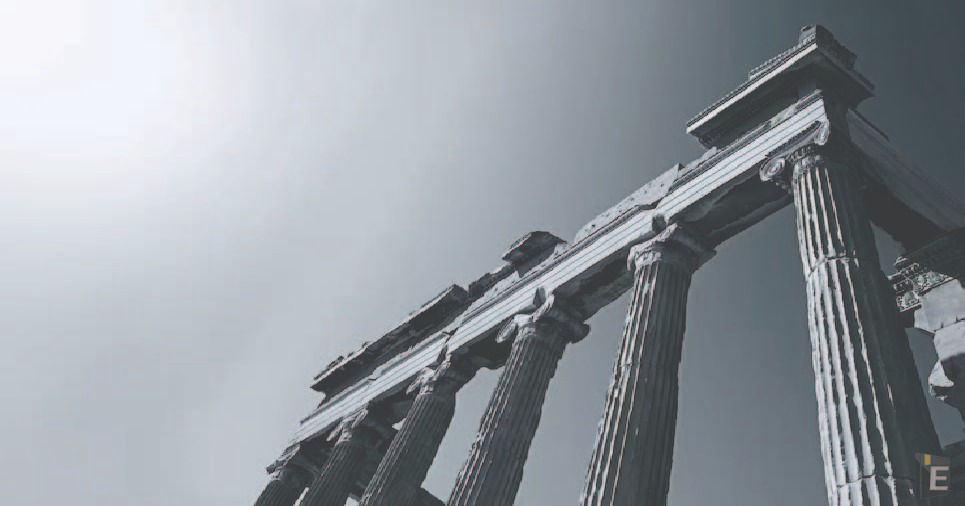Indian History Quiz Questions and Answers

Step into the fascinating world of Indian history with our curated quiz questions and answers article. India, a land steeped in ancient traditions, boasts a history that spans thousands of years. This Indian History Quiz Questions and Answers quiz will take you on a captivating journey through the epochs, from the Indus Valley Civilization to the Mughal Empire, and beyond. Test your knowledge and delve into the depths of India's diverse and intricate past.
Indian History Quiz
In this article Indian History Quiz Questions and Answers, we are sharing the most important Indian History Questions related to Ancient History, Medieval History, Modern History and Basic History for those learners who are preparing for upcoming competitive exams.
Also, Read Latest Current Affairs Questions 2023: Current Affairs Today
"Stay ahead of the competition with our General Knowledge Mock Test and Current Affairs Mock Test!"
Indian History Quiz Questions and Answers
Q :
Which of the following movement began in 1942?
(A) Non-Cooperation movement
(B) Khilafat movement
(C) Quit India Movement
(D) Home Rule movement
Correct Answer : C
Explanation :
The Quit India Movement, also known as the Bharat Chhodo Andolan, was a movement launched at the Bombay session of the All India Congress Committee by Mahatma Gandhi on 9 August 1942, during World War II, demanding an end to British rule in India.
Pietra Dura, the inlay technique of architecture can be found in which of the following monuments?
(A) Taj Mahal
(B) India Gate
(C) Char Minar
(D) Gateway of India
Correct Answer : A
Explanation :
The correct option is 1 i.e Taj Mahal. Pietra dura, the inlay technique of architecture can be found in Taj Mahal. Pietra dura also called as "parchin kari", is a term for the inlay technique of using cut and fitted, highly polished colored stones to create images.
The reign of the____dynasty has been described as the golden ageofIndian civilization.
(A) Porus
(B) Harsha
(C) Buddha
(D) Gupta
Correct Answer : D
Explanation :
In Ancient India, the Gupta Dynasty ruled the middle of the 3rd century (approximately) to 543 AD. The Gupta dynasty period is referred to as the 'Classical Age or Golden Age of Ancient India. Sri Gupta was the founder Gupta dynasty Sri Gupta was followed by his son Ghatokkacha and was followed by his son Chandragupta. Both assumed the title of Maharaja.
The British ruled India for nearly:
(A) 50 years
(B) 200 years
(C) 100 years
(D) 500 years
Correct Answer : B
Explanation :
The British ruled India for 89 years (approx.). British domination, also known as colonialism, began in India after the Battle of Plassey in 1757. The British East India Company was ruling India before the rule of the Crown.
Which of the following was the first Law Minister of Independent India?
(A) Jawaharlal Nehru
(B) Bhimrao Ramji Ambedkar
(C) Abul Kalam Azad
(D) Asaf Ali
Correct Answer : B
Explanation :
Dr. B.R. Ambedkar, popularly known as Baba Saheb, served as Independent India's first law minister. He was an Indian jurist, economist, politician, and social reforme, who was posthumously awarded the Bharat Ratna in 1990.
Who was the founder of Jainism in India?
(A) Gautam
(B) Mahavir
(C) Rishabhdev
(D) Ashoka
Correct Answer : C
Explanation :
The Jains claim their religion to be eternal, and consider Rishabhanatha the founder in the present time-cycle, who lived for 8,400,000 purva years. Rishabhanatha is the first tirthankar among the 24 Tirthankaras who is considered mythical figure by modern day historians, based on loose supports.
In 1970, an organized resistance to the destruction of forests spread throughout India and came to be known as-?
(A) Save Silent Valley Movement
(B) Swadeshi Movement
(C) Namantar Andolan
(D) Chipko movement
(E) Narmada Bachao Andolan
Correct Answer : D
Explanation :
In the 1970s, an organized resistance to the destruction of forests spread throughout India and came to be known as Chipko Movement. The name of the movement comes from the word 'Embrace', as the villagers hugged the trees, and prevented the contractors' from felling them.
Who has been named as ‘British Indian of the Year'?
(A) Abhinav Gandhi
(B) Ishwar Sharma
(C) Harsh Sharma
(D) Rakesh Sharma
(E) Nitin Khanna
Correct Answer : B
Explanation :
Ishwar Sharma was named British Indian of the Year in the Young Achiever category at the sixth annual awards ceremony held in Birmingham earlier this week.
When did Gandhiji give the slogan 'Swaraj in one year'?
(A) At the time of dandi march
(B) During the non-cooperation movement
(C) During the civil disobedience movement
(D) At the time of the Goalmaze movement
Correct Answer : B
Explanation :
Gandhi told the Congress delegates assembled at Calcutta in September 1920 that if there was sufficient response to his programme, Swaraj could be attained within a year.
She was the first Muslim woman ruler of India.
(A) Noorjahan
(B) Mirza Altunia
(C) Maham Anga
(D) Razia Sultana
Correct Answer : D
Explanation :
Sultan Raziyyat-Ud-Dunya Wa Ud-Din, popularly known as Razia Sultana, was a ruler of the Delhi Sultanate in the northern part of the Indian subcontinent. She was the first female Muslim ruler of the subcontinent, and the only female Muslim ruler of Delhi.



